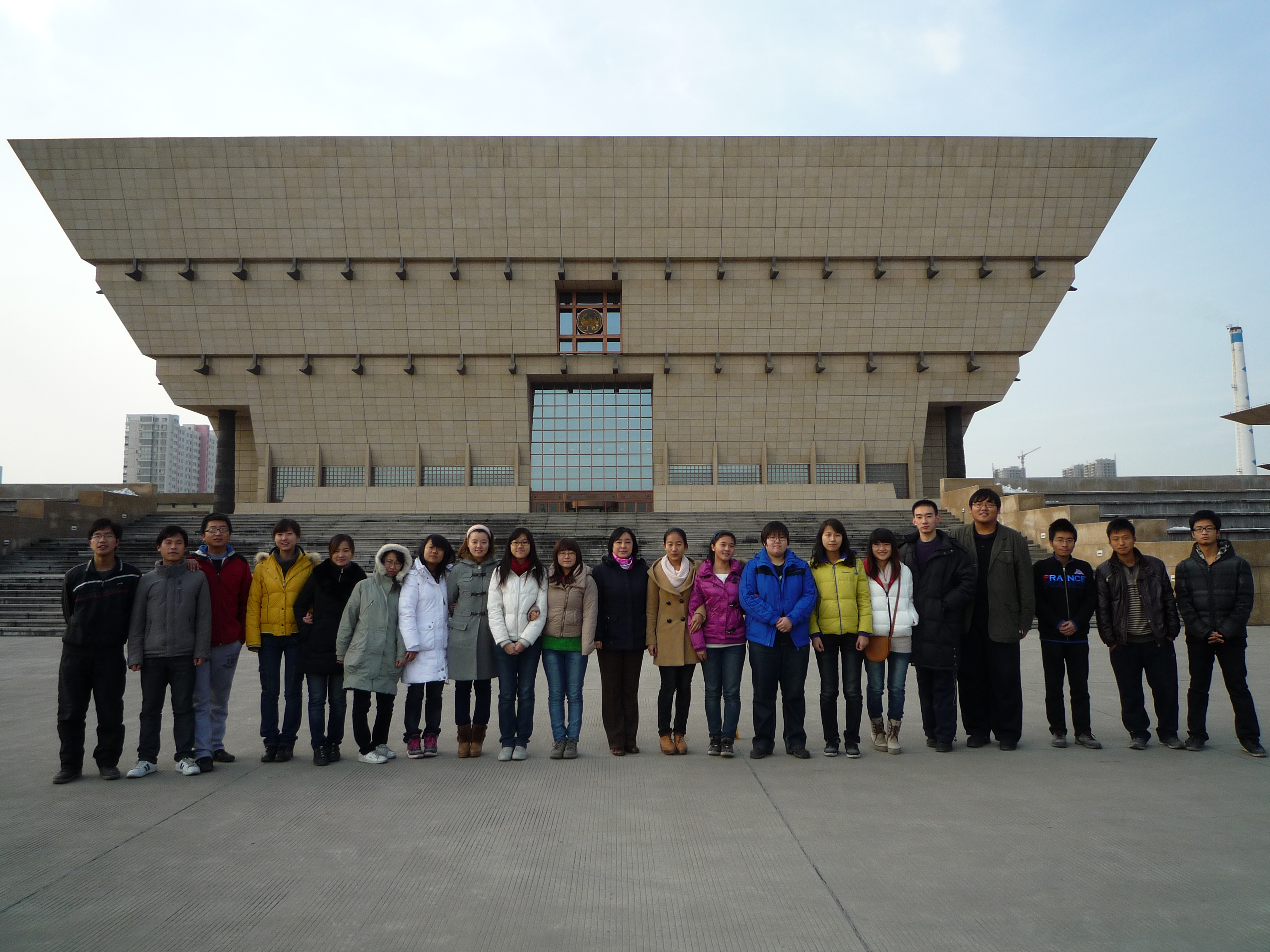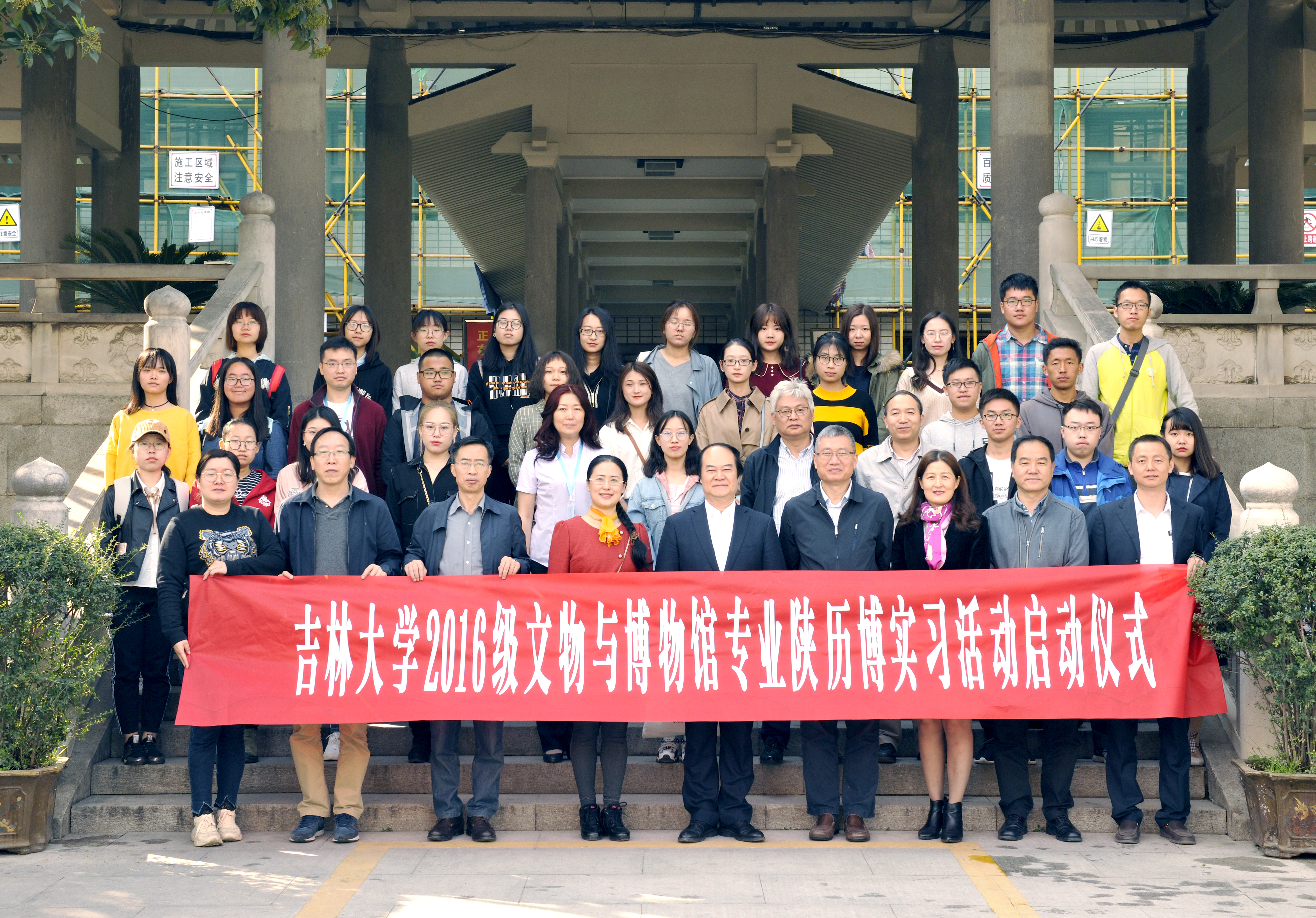The Museology of Jilin University was established in 1985 and began to recruit undergraduates in the same year. In 1987, the Department of Archaeology was formed, and Museology became one of the two dominant majors within. In 2001, it was officially declared as the Department of Museology. In 2012, the Ministry of Education adjusted the discipline name as Cultural Relics and Museology. In June 2018, the School of Archaeology of Jilin University was established, and the Department of Museology became one of the “six in one” department within the School. There are currently 4 full-time teachers in the field of museology. 2 of them are professors, and 2 are lecturers, all of whom have doctoral degrees (including 1 overseas PhD). The faculty have designed two general courses of archaeology (“Introduction to Museology” and “Introduction to Cultural Relics”), offering several professional courses for cultural relics, museology and Archaeology. At present, there are mainly research directions in museum history, museum collection management, museum education, museum exhibition planning and design.

Undergraduates of class 2009 in Shanxi Museum
The construction of the museology discipline at JLU started early in China. After more than 30 years of construction and development, its comprehensive operation is among the best in China. Aiming at developing the domestic museum industry with focus on resources of archaeological discipline, it has formed a development system with characteristics in teaching, scientific research and museum practice. It covers museum history, museum audience research, collection management, etc. More outstanding results have been achieved, and the overall strength is at the forefront of the country. In 1996, the museology faculty compiled the first domestic textbook “Collection Management” on museum collections. In 2002, they edited and published China's first monograph on museum audience studies “2002: Museum Public Studies”. From 1985 to 2020, 29 undergraduates have been enrolled. The faculty have nurtured a large number of cultural professionals, with a large number of outstanding graduates sent to the museum industry, various social and cultural construction and service institutions.

Undergraduates of class 2016 in Shaanxi History Museum